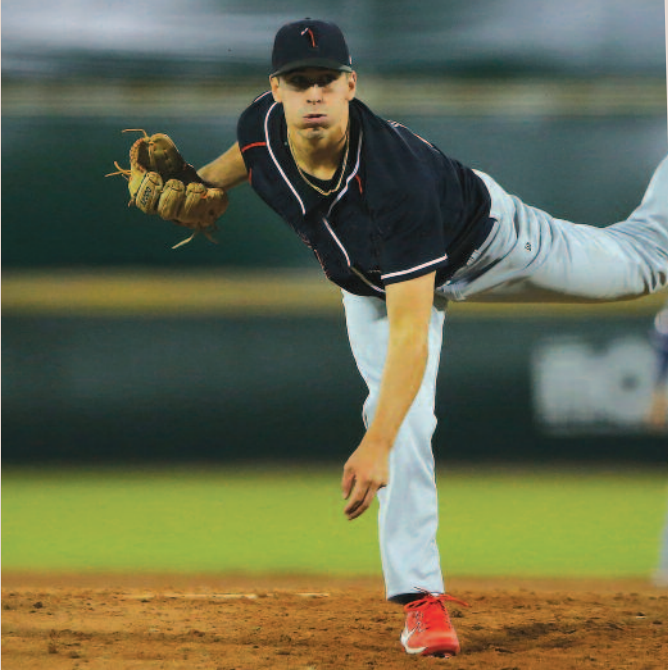
Ulnar Collateral Ligament (UCL) tears are the most common injury for college and pro pitchers. Sadly, 2019 marked the first time that over 30% of all pitchers on MLB rosters had torn their UCL at some time in their pro careers. According to a 2014 study by a team of clinicians including Dr. Chris Ahmad (New York Yankees team physician), only 67% of the 147 MLB pitchers studied who had UCL reconstruction – better known as ‘Tommy John surgery’ – made it back to pitch in more than 10 games at the big league level. While the annual number of UCL tears in the MLB appears to have leveled off, UCL tears amongst high school, college and MiLB players continue to rise at alarming rates, threatening to derail the otherwise promising careers of hundreds of players each year.
Shortly after we started the New Orleans Sports Performance Institute (
nospi.org) in 2017, a study by a team of Japanese researchers on 164 baseball players between the ages of 6 and 16 caught our attention. The researchers found that grip strength had a .9 correlation to throwing velocity, the single highest of any variable examined. Considering that a score of ‘1’ would mean grip strength has the same correlation to throwing velocity that breathing has to being alive, this blew our minds. Our team wondered whether a similar correlation might exist for college pitchers, so we analyzed the results of 21 college pitchers we were training at the time. After measuring over 15 variables, we found that grip strength had a .65 correlation to throwing velocity – again – the highest of all variables measured.
After discussing our findings with Dr. Gunnar Brolinson, one of America’s leading sports medicine physicians, he asked for our feedback on a patented grip training device invented by one of his partners, Dr. Brian Dickens. Though not commercially viable at the time, we had an immediate “aha” moment. We thought, “imagine a device that could help you protect your UCL, throw harder, improve your command, and give you greater movement, as well as help you rehab faster if you tore your UCL.” With the muscles that matter most for grip strength being the same muscles that overlay the UCL, we felt like we were on to something.
This vision led us to enter into an exclusive arrangement with the Edward Via College of Osteopathic Medicine to develop and bring to market this revolutionary technology under our newly created company, FlexPro Grip (
flexprogrip.com). After a year in development and getting feedback from hundreds of coaches at the 2019 ABCA Convention, we were set for our first production run…until, of course, COVID-19 shut down our manufacturing facility.
In the meantime, we have developed and launched
UCLtears.com, a website dedicated to helping players prevent UCL tears, rehab quicker if they suffer a tear, and understand what to expect in the rehab process. This website does not sell anything! It is essentially a collection of anonymous survey responses from players who share in detail their experiences pre- and post-injury, including which doctor they went to for surgery/treatment, and how they feel about the success of their recovery. We’ve already had over 50 players complete the survey and have identified some preliminary trends. However, we need your help!
The more responses we have, the more information we can provide to coaches, players, athletic trainers, etc. to help players who tear their UCL make a speedy and complete recovery. We will be working with a team of physicians as we gather more data to hopefully identify early clues as to when a player is on the verge of a tear, enabling coaches to intervene before it is too late. Please ask your current or former players who have torn their UCL anytime during their careers to go to UCLtears.com and complete the survey.
Questions may be emailed to us at
[email protected].